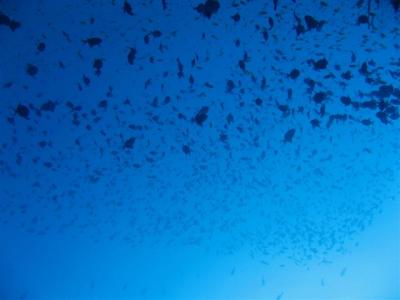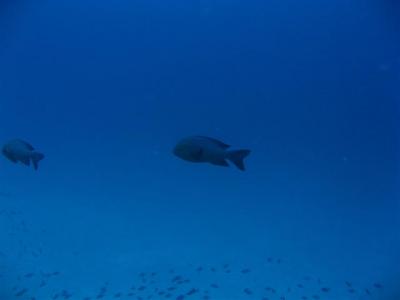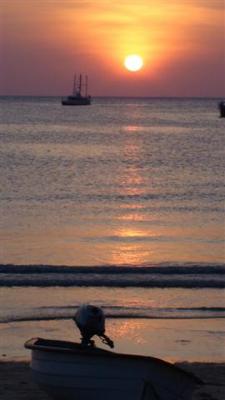Well it has been almost 1 year since we left. We have realized two things. One, we have really enjoyed looking at underwater landscapes. Two, we really do not like rough passages. This got us thinking. A perfect upgrade to Kosmos would be to turn her into a submarine. We contacted some people here in Asia and surprisingly the retrofit/conversion was within budget and pretty reasonable. Kosmos is already quite watertight in many places. The main trouble was we are too buoyant. We need to gain some weight. First there is considerable weight to gain from all the electric batteries to run our underwater electric drive. We found a dealer Thailand that had just what we needed: Ninety 8D batteries on sale. We went from about 1000 amp hours to almost 23000 amp hours. The batteries we spread out mostly in the lazarette and in the forward stateroom. But the real addition of weight is with two ballast tanks, which can be filled and emptied to give us variable buoyancy control. Sadly the forward stateroom is now taken up by the batteries and tanks, so no more guests aboard.
We took out the wing engine and replaced it with a 45 hp electric motor and coupled it to the main shaft. It is amazing how well it fit! And since we have the entire battery backup, why bother with a wing engine anymore? We also added two 240 amp alternators to the main engine to help charge our massive battery bank. It will take some planning to use the electric propulsion, because it takes a long time to charge. But we figure when it is rough we go down and still make way, saving us time in the long run.
We got some water tight covers made for the vents to the engine room. It takes roughly 10 minutes to put them on, but then we are watertight. Well watertight to a degree. The real caveat to this conversion is our maximum depth. We can only go down safely about 25 feet below the top of the pilot house, and that is probably pushing it. If we spend more time and money we could probably get down to 45 feet. To go deeper than that would be a major hull upgrade. But hey, 25 feet deep is not bad for a boat designed for the surface. It is another testament to the heavy duty construction to our Nordhavn.
Now there are many more technical details, but we do not want to bore you with them. So, on to the sea trial. Well dock trial first. It was only 13 feet to the bottom, but the goal was to lightly touch bottom and then surface again. It is pretty disconcerting to watch Kosmos sink deeper and deeper in the water. We watched all the portholes closely but they held quite nicely. Slowly we went down. We touched just as the pilot house was covered with water. Some minor leaks, but they were easy to fix. Time to find some deeper water!
We found a nice patch of 50 foot deep water, near a reef. We engaged the ballast tank pumps and down we went to about 20 feet. This time we would be moving. We turned on the electric motor and we started moving. We kept the top of the mast above water and did the speed check. Hmmm, only 3.9 knots. That was a bit less than we hoped, but figured it would do. We progressed for about 2 miles underwater. The electric drive is wonderfully quiet. We kept the top of the mast and paravane poles above water with tiny cameras on top to look out for other boats. An actual old fashion optical periscope was out of the question. It is way too expensive and bulky. A slim electric wire and a few small water tight cameras is all you need these days. Below water we got some pretty good pictures of fish.


One interesting side effect of the modifications is we can sit in the water lower, which makes anchoring more comfortable. Here is Kosmos in the distance set at just the right level for a more comfortable anchorage yet still get in air for the generator.

Most of the time we still plan to voyage above the surface. Surface mode gives us more speed and much better range. Submarine mode is really for special occasions. For example, getting some rest from rough seas, taking a look at some near by reefs, and for special days. Days like April 1st.
